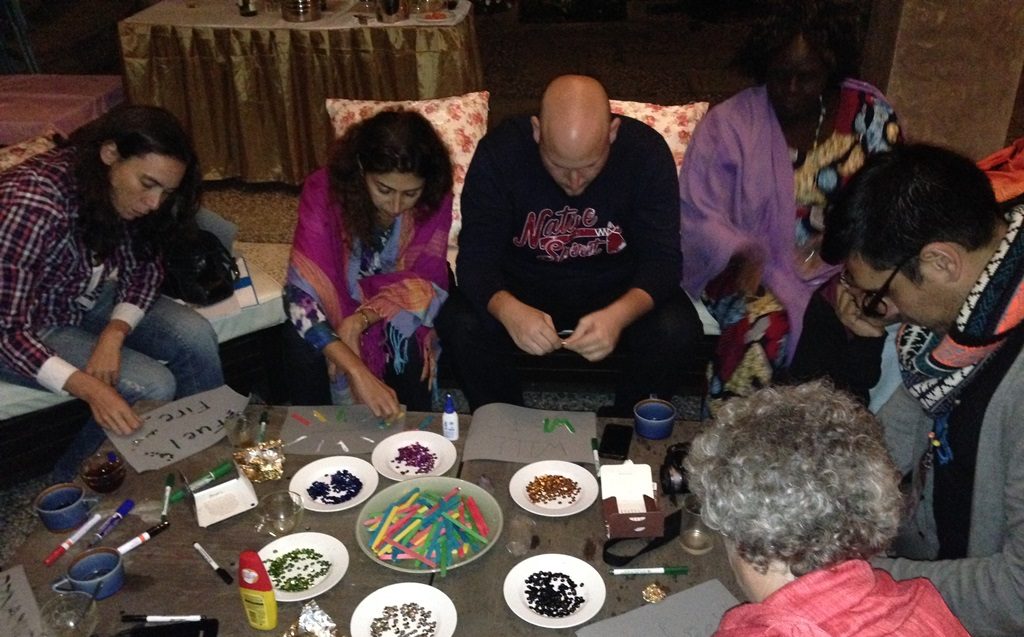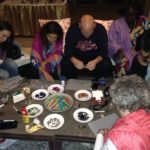Many fluent English speakers may have heard this expression “Practice Makes Perfect” at some point. Most of our organizations and projects are of course not really going for ‘perfect’ but the part about practicing to get better or change the way we do something is certainly an important one which we often focus on in our personal lives but not always in our organizational ones. It’s something, though, that I work with organizations on a lot. Here is some learning from four recent projects I have worked on with the Child Health Task Force, Fred Hollows Foundation, the Testing Change project and the WorldYWCA.
- Engaging people: When asked to engage (and when the engagement invitation is accessible and provides a ‘safe’ open space) people will. The practice of making these spaces accessible and truly open for a diversity of perspectives, though, is something we all need more practice with. Do we rotate discussion leads? Are we sensitive to the different ways people participate (especially when there may be multiple languages and/or cultures involved)? Do we ask for feedback and then incorporate suggestions into future sessions? Each of these organization/projects are at different stages of practicing inclusive discussions and decision-making but they are all intentionally focused on this, practicing, evaluating and trying to improve, which is much of what helps bring about success.
- Thinking broadly: Especially when our organizations are extremely busy (and who isn’t these days?) it can be very easy to return to a ‘head down’ and somewhat siloed way of operating. Sharing a few external readings whose themes are interwoven into your meeting’s discussions can help to validate a broader focus and provide ideas and support. As many of you may also do, I curate resource lists (some can be found here) that I can then choose from to help provide ideas for the organizations I am working with to start off a discussion and help participants to broaden their thinking.
- Choosing our words carefully: The words we choose can impact the messages we send. Many familiar terms and concepts in common use (eg inclusivity, power shifting, movements) can differ dramatically from person to person in how they interpret them. For groups trying to move forward together this can be challenging. Having discussions around concepts you would like to implement, and developing working definitions together in a group can help. I have also found spectrums a useful tool and often share existing examples that might be helpful, or develop new examples specific to the groups I am working with. Here is one example of country engagement spectrums.
- Finding your organizational niche AND working in collaboration, within a network or alliance: This can be a hard balance – finding your unique place within a larger mosaic of those working for similar goals, and moving in complementary ways. The tone that leadership sets and practices is critical – are those at the top willing to ‘share the glory’ and help define an organizational culture that clarifies what the organization can bring to a partnership, while being willing to play different roles within the partnership? I’ve written before about how important peer groups can be to helping leaders maintain this path for themselves and their organizations. The Testing Change leadership group has now been meeting virtually for the past year and their value to each other is evidenced in how these executives make the time in their busy schedules to participate. A ‘gentle’ reminder to those executives reading this blog to find your peers and make time to check-in with them on a regular basis :). Practicing together informally or finding an ‘accountability buddy can help sustain the practice.

